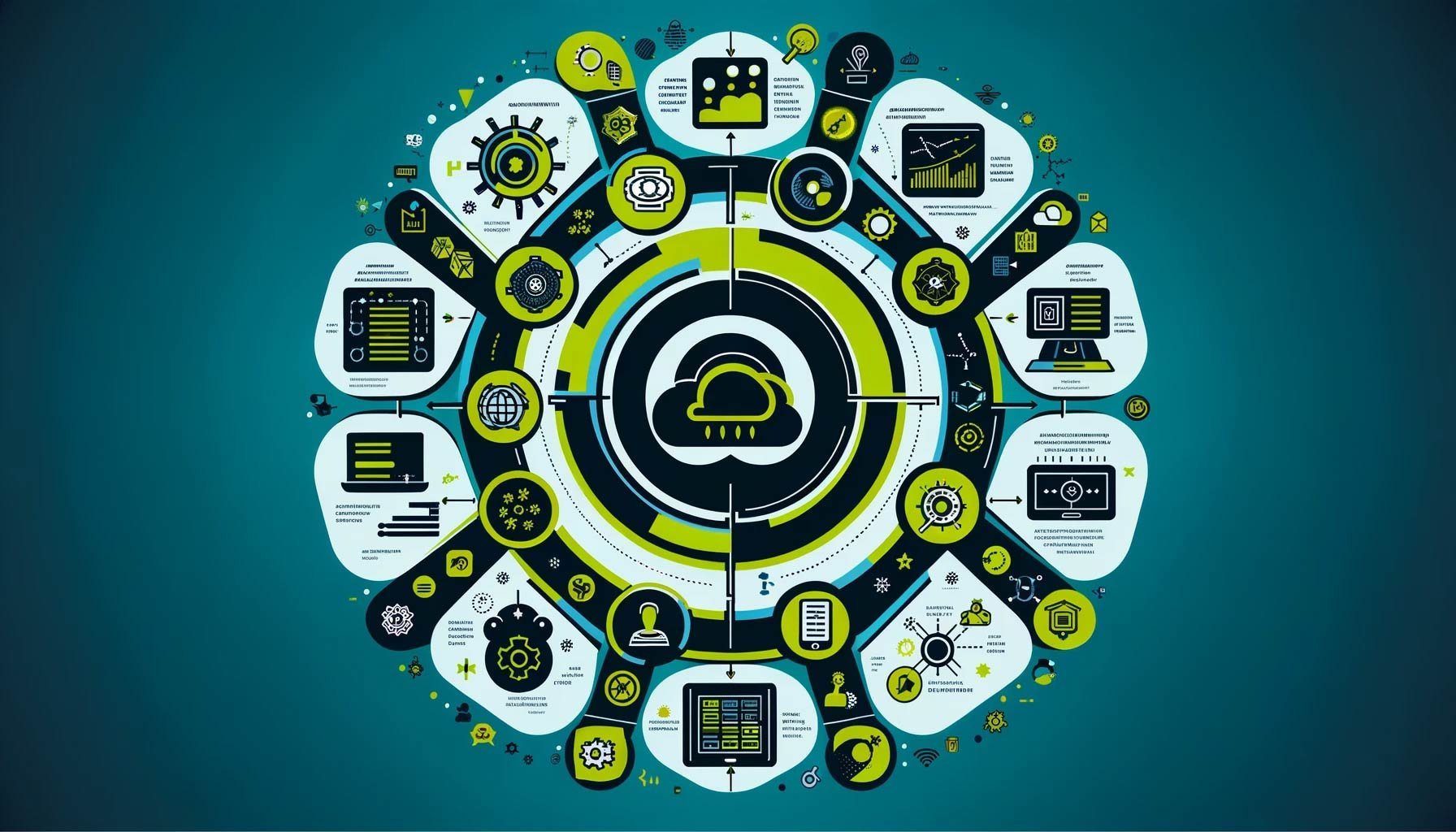As an expert in analytics, we are increasingly confronted with SAP customers looking for guidance on how to modernize their analytics platform. With most SAP customers well on their way to make the transition to the cloud with SAP RISE, a modernization of their analytics platform ultimately also becomes an important consideration. CIOs and CDOs are typically faced with several outdated on-premise analytics solutions in house along with potentially Microsoft PowerBI having crept in. The choice of selecting a modern data platform then becomes quite a challenge – do I continue working with SAP Analytics Technology or move to an alternative, hybrid solution to keep my users happy?
This article explores in more detail the benefits SAP Datasphere delivers for SAP customers – certainly a solid choice in todays’ complex environment.
What is SAP Datasphere?
SAP Datasphere represents an important pillar of SAP's strategic move towards cloud computing, aiming to offer a comprehensive suite of cloud-based solutions for businesses of all sizes. Modern data management solutions designed for handling large volumes of data in cloud-based enterprise environments are crucial in today's data-driven world. These solutions are tailored to manage, process, and analyze the massive and diverse datasets that organizations accumulate. SAP has recently introduced SAP Datasphere, a new cloud-based data management solution.
SAP Datasphere, formerly known as SAP Data Warehouse Cloud, is a data management and integration platform developed by SAP. It's designed to enable businesses to manage and govern their data landscape, facilitate data integration, and create data pipelines across diverse data sources and environments, including on-premises, cloud, and hybrid systems.
What are the main functionalities?
Data Integration: The ability to connect and integrate data from various sources, including SAP and non-SAP systems, cloud-based and on-premises databases, and possibly even unstructured data sources.
Data Management: Tools for managing, monitoring, and governing data across the entire data landscape. This could include data quality management, metadata management, and data lifecycle management.
Data Processing and Transformation: Capabilities to process and transform data, enabling businesses to clean, enrich, and harmonize their data for analytics and business intelligence.
Advanced Analytics and Business Intelligence: Built-in analytics tools that allow users to create reports, visualizations, and perform complex data analyses. This might include machine learning capabilities for predictive analytics.
Real-Time Data Processing: Support for real-time data streaming and processing, enabling businesses to react quickly to changing conditions and make decisions based on the most current data.
Scalability and Cloud Integration: A scalable architecture that supports growing data volumes and complex data landscapes, along with seamless integration with cloud services for enhanced flexibility and scalability.
Security and Compliance: Robust security features to protect sensitive data, along with compliance tools to help businesses adhere to various data protection and privacy regulations.
User-Friendly Interface: An intuitive user interface that simplifies complex data operations, making it accessible to users with varying levels of technical expertise.
Collaboration and Sharing: Features that facilitate collaboration among teams and sharing of insights across the organization.
Customization and Extensibility: Options for customization and extensibility, allowing businesses to tailor the platform to their specific needs and integrate it with a variety of tools and platforms.
Why choose SAP Datasphere over other solutions?
Integration with SAP Ecosystem: SAP Datasphere is highly integrated with SAP’s suite of products, including S/4 HANA, SAP HANA, SAP BW/4HANA, and SAP BusinessObjects BI, SAP Analytics Cloud, among others.
Focus on Enterprise Resource Planning (ERP): Given SAP’s heritage, its data fabric solution is well suited for SAP ERP-related data integration and analytics.
Industry-Specific Solutions: SAP commonly offers industry-specific solutions. Datasphere increasingly includes features or integrations tailored to specific industries and use cases.
Strong in On-Premise and Hybrid Solutions: SAP has a longstanding presence in on-premise solutions, so its data fabric solution offer stronger support for hybrid (cloud and on-premise) environments.
Conclusion
The choice between the many data platform options available are not easy. The decision will largely depend on the existing technological infrastructure of the organization, the specific business needs, and the preference for integration with the SAP ecosystem and/or other non-SAP sources. Reach out to our team of experts to support you in this decision-making process.
References
SAP Datasphere - https://www.clariba.com/sap-datasphere
SAP Datasphere - https://www.sap.com/products/technology-platform/datasphere.html


